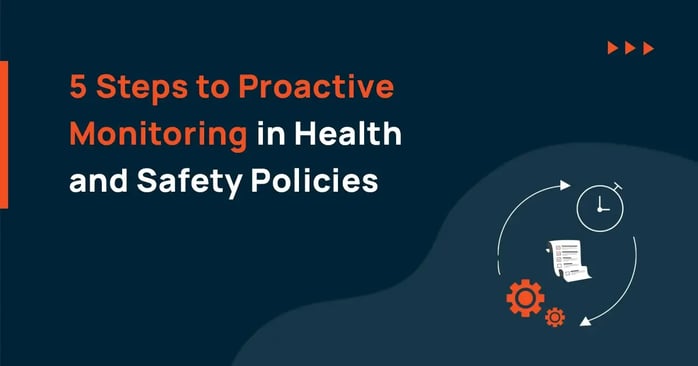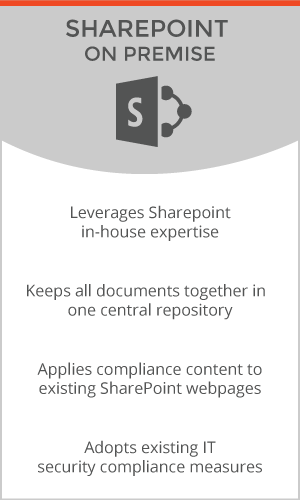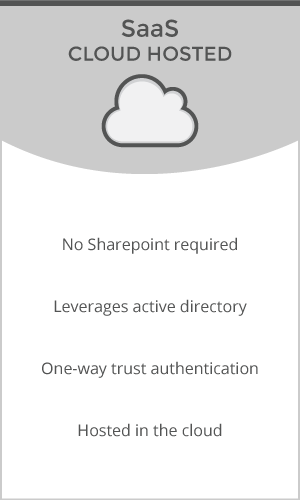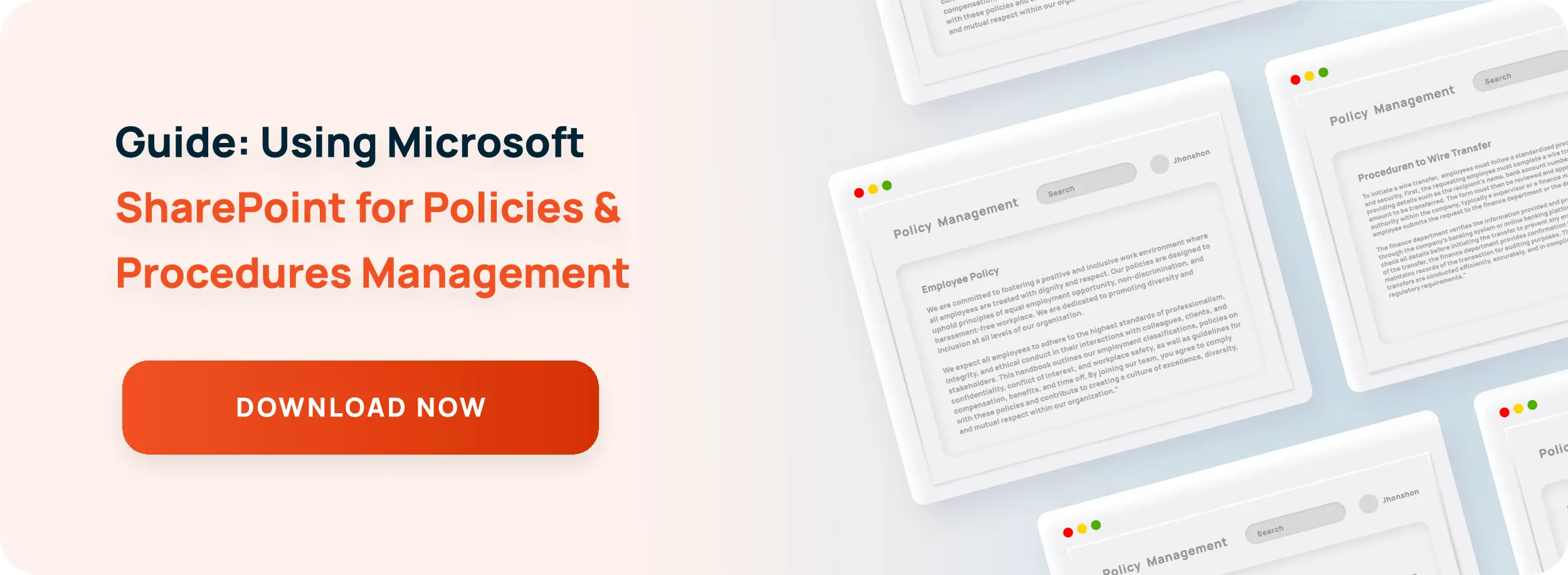5 Steps to Proactive Monitoring in Health and Safety Policies

5 Steps to Proactive Safety Policies and Procedures
Employee safety is of critical importance to every organization, and no compliance specialist would ever consider anything less than complete adherence to all relevant regulations and safety standards. Unfortunately, many companies can still undermine that commitment as a result of a common but flawed assumption that health and safety policies are routine checklist items.
Here are five steps you can take to make sure that your safety policies and procedures always remain top of mind:
1. Out of Sight Can Never Be Out of Mind.
If you work in a highly regulated industry with complex and frequent policy updates, the more mundane practices, such as storage requirements for hazardous cleaning chemicals, can be easy to overlook. Once the policy is documented in the safety manual, it may not need to be updated until new cleaning products are adopted, but the janitorial personnel will still need to attend regular refresher training and sign attestations that they understand the policy and will comply with it.
2. Set Aspirational Benchmarks.
Aim to model the policies of companies that demonstrate the highest concern for employee safety and well being. Don’t let the regulations that govern your industry set the bar.
3. Don’t Wait for a Reason to Update a Policy.
A commitment to proactivity should be reason enough to revisit any policy. Question the logic and current status of every assumption. For example, if the minimum class size for new hire training has always been 12 people, why is that policy still in place if you are only hiring six new employees per month?
4. Balance Efficacy with Democracy.
Since employee health and safety affects everyone, there is an inherent assumption that everyone should have input in the development of new or revised policies. On that basis, simple revisions can require multiple iterations and take months to implement. Being proactive about safety policies and procedures means that creation, distribution and attestation have to take priority over extended discussion.
5. There’s Always Room to Improve.
Compliance to existing regulations (OSHA standards, for example) should be regarded as a foundation rather than a goal. Achieving the minimum standards doesn’t convey the same concern for employee safety and wellbeing as a proactive practice of revisiting health and safety policies on a schedule that is more reflective of the organization’s growth pattern. The insurance company may require a quarterly fire drill, but if you are growing fast enough to hire dozens of new people a week, that drill should take place monthly.
Our comprehensive Policy Management Software solution can help you to proactively manage your safety policies and procedures. Operating on one secure SharePoint portal using templates built on industry best practices, you can manage every element of safety compliance workflow from policy creation or revision to distribution, attestation, and ongoing renewal. Secure access mitigates the risk of loss of version control, and the real-time dashboard provides up-to-the-minute status reports.
To learn more about our software now available on SharePoint On-Premise, SharePoint Online via Office 365, and as a Software-as-a-Service, schedule a demo now.
Download eBook - 7 elements of Healthcare Compliance Program
How to choose the right policy management software for your company
Download checklistLooking for a better way to manage policies at your organization?
Get the whitepaper



